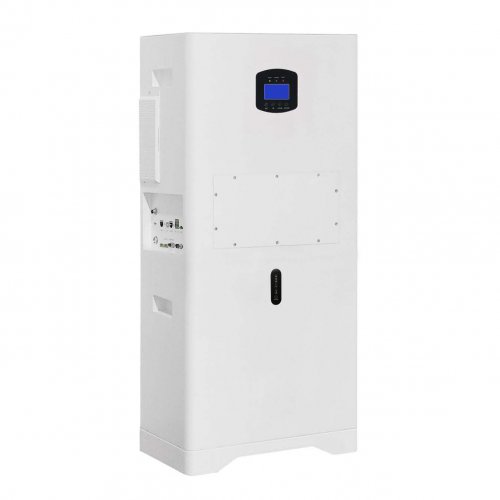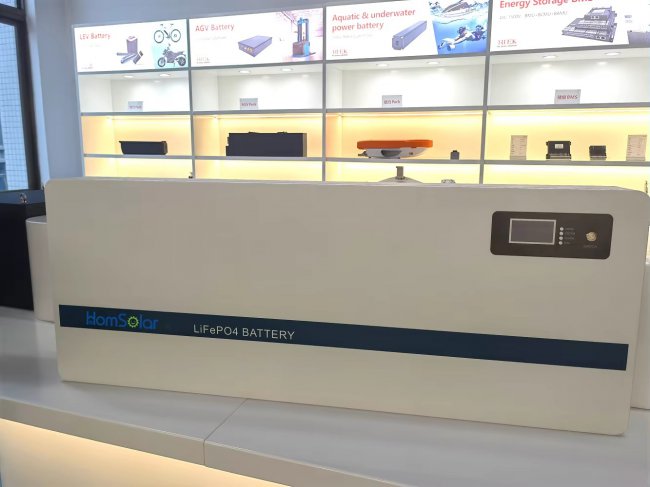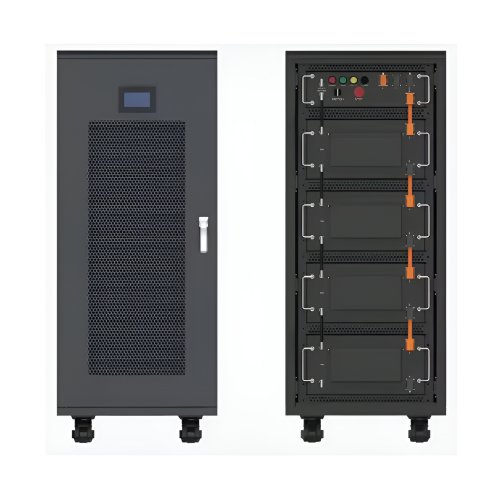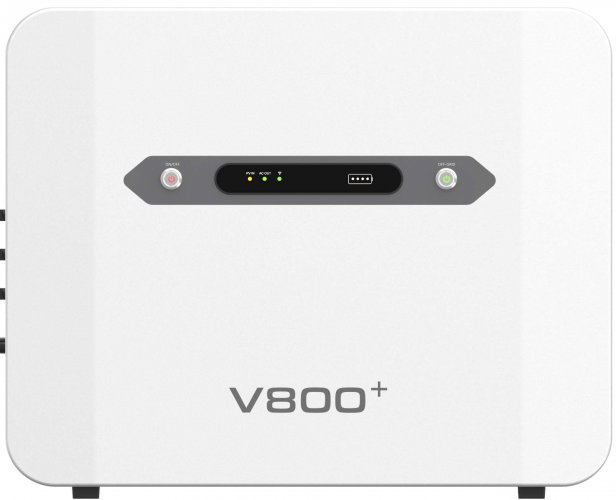Electric Vehicle Batteries News: Advancements In Solid-state Technology And Supply Chain Diversification Reshape The Industry
The global electric vehicle (EV) battery industry, the critical heart of the transportation revolution, is undergoing a period of rapid and profound transformation. While the demand for EVs continues to climb, the sector is moving beyond simply scaling up production of established lithium-ion technology. The current landscape is defined by a dual focus: groundbreaking advancements in next-generation battery chemistry and a strategic realignment of the global supply chain to ensure sustainability and security.
Latest Industry Developments: Solid-State Progress and Manufacturing Shifts
A significant portion of recent news has been dominated by the tangible progress of solid-state battery technology. For years a promised revolution, solid-state batteries—which replace the flammable liquid electrolyte with a solid material—are now closer to commercialization than ever before. Several automakers and tech firms have announced crucial milestones. Toyota, a historically cautious player in the pure EV space, has reaffirmed its commitment to launching hybrid vehicles with solid-state batteries by 2025, with mass production for full EVs targeted for the later part of the decade. Similarly, BMW and Ford have expanded their investments in solid-state startup Solid Power, which has begun pilot production of its sulfide-based electrolyte cells for automotive testing.
Beyond the laboratory, the manufacturing and supply chain landscape is shifting dramatically. In the United States, the Inflation Reduction Act (IRA) continues to be a powerful catalyst, incentivizing billions of dollars in new investments for domestic battery cell and pack manufacturing. Companies like Panasonic, LG Energy Solution, and Samsung SDI are establishing new gigafactories on American soil, primarily to serve partnerships with automakers like Tesla, GM, and Stellantis. This trend is actively reducing the industry's historical reliance on manufacturing concentrated in East Asia. Furthermore, there is a heightened focus on establishing a localized supply chain for critical minerals, with new investments in lithium extraction projects in places like Nevada and Canada, and graphite processing facilities being planned to comply with IRA sourcing requirements.
Trend Analysis: Beyond Energy Density
The evolution of EV batteries is no longer solely about achieving the highest energy density. While range remains a key selling point, the industry is now prioritizing a more holistic set of metrics.
1. Cost Reduction and LFP Dominance: The rapid adoption of Lithium Iron Phosphate (LFP) chemistry is arguably the most impactful trend of the past two years. Pioneered by Tesla and now being adopted by Ford, Rivian, and others for their standard-range vehicles, LFP batteries offer a compelling trade-off: lower cost, superior safety, and longer cycle life, albeit with a lower energy density than Nickel-based counterparts. This shift is making EVs more affordable and is diversifying the cathode material market away from its heavy dependence on nickel and cobalt. 2. The Second Life and Recycling Ecosystem: As the first wave of EVs begins to age, the industry is building a circular economy for batteries. Companies like Redwood Materials, led by Tesla co-founder JB Straubel, and Li-Cycle are scaling up recycling operations to recover valuable materials like lithium, cobalt, and nickel. The concept of "second-life" applications is also gaining traction, where retired EV batteries, which may no longer be suitable for vehicles but still hold significant capacity, are repurposed for stationary energy storage systems (ESS) to support power grids. 3. Charging Speed as a Key Battleground: The next frontier of consumer convenience is ultra-fast charging. Battery developers and automakers are engineering cells and pack architectures designed to accept extremely high charging rates, aiming to add hundreds of miles of range in under 10-15 minutes. This requires innovations in cell design, thermal management systems, and the development of new electrolyte formulations to prevent degradation during high-power sessions.
Expert Perspectives: Cautious Optimism and Strategic Realignment
Industry experts provide a nuanced view of these developments. Dr. Elena Martinez, a materials scientist and independent consultant, expresses cautious optimism regarding solid-state batteries. "The recent announcements are undoubtedly positive and show that fundamental engineering challenges are being overcome," she states. "However, the path from a pilot line to cost-competitive, gigawatt-scale mass production is immense. We are likely to see limited, high-end applications first before it trickles down to mass-market vehicles."
On the supply chain front, Michael Roberts, an analyst at a clean energy research firm, highlights the geopolitical and economic motivations behind the reshoring efforts. "The IRA has fundamentally altered the economic calculus. It's not just about tariffs anymore; it's about securing access to subsidies and ensuring supply chain resilience. The goal is to build a redundant, diversified supply web that is less vulnerable to geopolitical disruptions or single-point failures, much like what the pandemic exposed."
He further notes that the LFP trend is a direct response to both cost and ethical sourcing pressures. "LFP chemistry eliminates cobalt, which has long been a major concern for both automakers and consumers regarding sourcing. Its growth is a market-driven solution to a complex ethical and supply problem."
In conclusion, the electric vehicle battery industry is maturing at a remarkable pace. The narrative has expanded from a simple race for range to a multi-faceted effort encompassing revolutionary chemistry, manufacturing geopolitics, and end-of-life sustainability. The continued collaboration between automakers, battery giants, tech startups, and policymakers will be crucial in navigating this complex landscape, ultimately determining the speed and sustainability of the global transition to electric mobility.
Customized/OEM/ODM Service
HomSolar Supports Lifepo4 battery pack customization/OEM/ODM service, welcome to contact us and tell us your needs.


HomSolar: Your One-stop LiFePO4 Battery Pack & ESS Solution Manufacturer
Our line of LiFePO4 (LFP) batteries offer a solution to demanding applications that require a lighter weight, longer life, and higher capacity battery. Features include advanced battery management systems (BMS), Bluetooth® communication and active intelligent monitoring.

Customised Lithium Iron Phosphate Battery Casing
ABS plastic housing, aluminium housing, stainless steel housing and iron housing are available, and can also be designed and customised according to your needs.

HomSolar Smart BMS
Intelligent Battery Management System for HomSolar Energy Storage System. Bluetooth, temperature sensor, LCD display, CAN interface, UART interface also available.


Terminals & Plugs Can Be Customized
A wide range of terminals and plugs can be customised to suit the application needs of your battery products.

Well-designed Solutions for Energy Storage Systems
We will design the perfect energy storage system solution according to your needs, so that you can easily solve the specific industry applications of battery products.



About Our Battery Cells
Our energy storage system products use brand new grade A LiFePO4 cells with a battery lifespan of more than 4,000 charge/discharge cycles.



Applications in Different Industries
We supply customized & OEM battery pack, assemble cells with wiring, fuse and plastic cover, all the cell wires connected to PCB plug or built BMS.
Applications: E-bike, Electric Scooter, Golf Carts, RV, Electric Wheelchair, Electric Tools, Robot Cleaner, Robot Sweeper, Solar Energy Storage System, Emergency Light, Solar Power Light, Medical Equipment, UPS Backup Power Supply.
We can provide you with customized services. We have the ability to provide a vertical supply chain, from single cells to pack/module and to a complete power solution with BMS, etc.


HomSolar (Shenzhen) Technology Co., Ltd
























